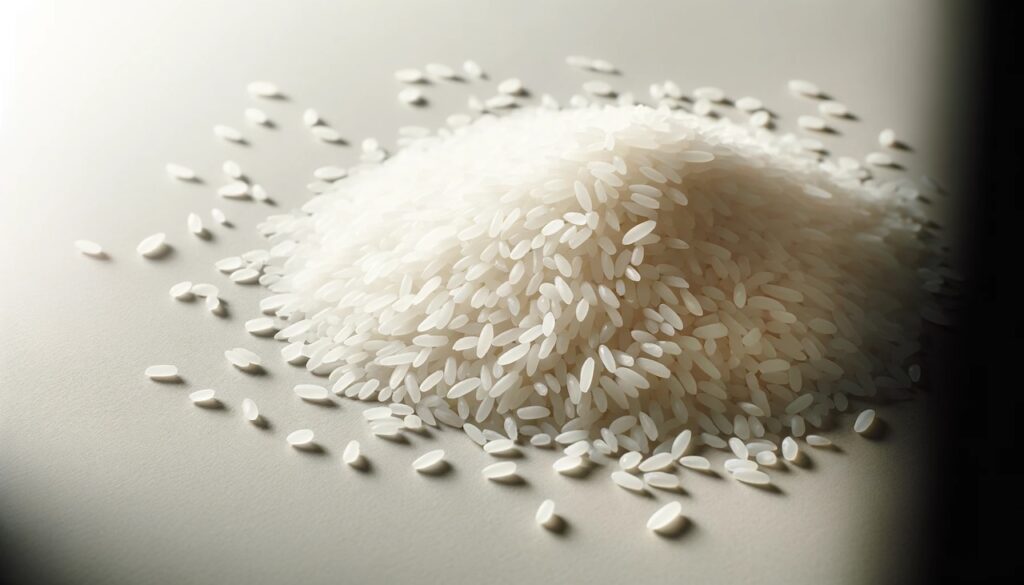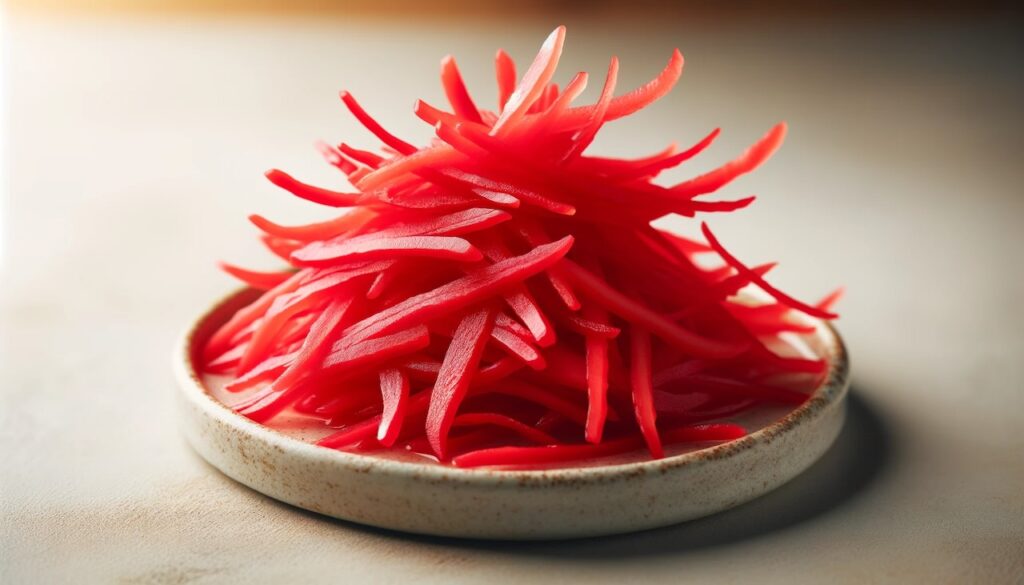Our daily food choices have a profound impact on our health—and history offers some powerful reminders of this truth.
One striking example comes from Japan’s past, where the beloved staple of white rice contributed to a national health crisis: beriberi.
Let’s explore how the rise of white rice led to a widespread deficiency disease, and what lessons we can apply today about the need for a balanced diet.
The Rise of White Rice—and Its Nutritional Pitfalls
White rice is produced by milling brown rice, removing the outer bran and germ layers.
While this process creates the polished, fluffy rice that many people love, it also strips away essential nutrients—especially vitamin B1 (thiamine).
Starting from the Meiji period (late 19th century), white rice became a symbol of prosperity and modernity in Japan.
However, as its consumption soared, a hidden danger emerged: widespread thiamine deficiency.
Understanding Beriberi: Symptoms and Historical Impact
Beriberi is a serious nutritional disorder caused by a lack of vitamin B1.
Symptoms include:
- Muscle weakness and leg paralysis
- Swelling (edema)
- Heart failure
From the late Edo through the Meiji and Taisho periods, Japan experienced repeated epidemics of beriberi, which was even referred to as a “national disease.”
Medical knowledge at the time was limited, and many lives were lost or severely impacted before the root cause was fully understood.
How Diet Improvements Helped Prevent Beriberi
Once vitamin B1’s role was identified, prevention strategies became clear.
Key sources of thiamine include:
- Pork
- Liver
- Brown rice
- Soybeans
- Green and yellow vegetables
Rather than relying solely on white rice, incorporating a variety of these nutrient-dense foods dramatically reduced beriberi cases and improved overall health.
Nutritional Deficiencies Today: A Modern Concern
While beriberi itself is now rare in Japan and other developed countries, nutritional imbalance remains a real risk:
- Overconsumption of refined foods
- Heavy reliance on fast food
- Lack of vegetables and whole grains in daily meals
Modern diets high in processed foods mirror, in some ways, the problems caused by an overreliance on white rice in the past.
How We Can Promote Better Eating Habits
The story of white rice and beriberi reminds us that variety is essential for nutritional health.
Here’s what we can do:
- Embrace diversity in our meals—whole grains, colorful vegetables, lean proteins.
- Educate ourselves and others about basic nutrition.
- Encourage healthy habits at home, in schools, and throughout society.
By thoughtfully examining our food choices, we can protect not just our own well-being, but also that of future generations.
Conclusion: Learning from the Past for a Healthier Future
The historical link between white rice and beriberi teaches a powerful lesson:
Our health is deeply shaped by what we eat.
Today, by choosing a balanced, nutrient-rich diet, we honor that lesson—and safeguard our health against the hidden dangers of poor nutrition.
Let’s strive for meals that nourish, energize, and sustain us—one thoughtful choice at a time.


